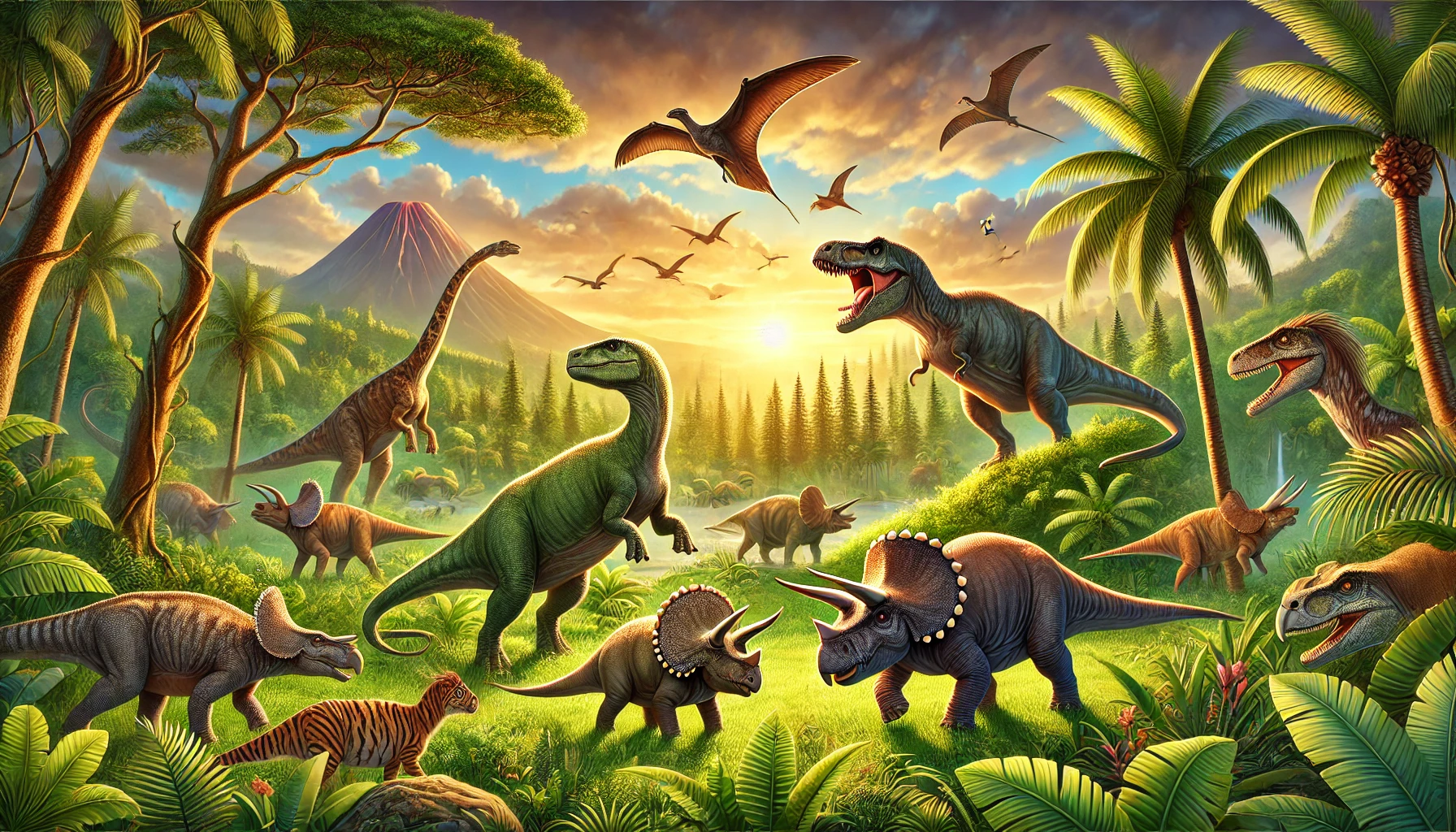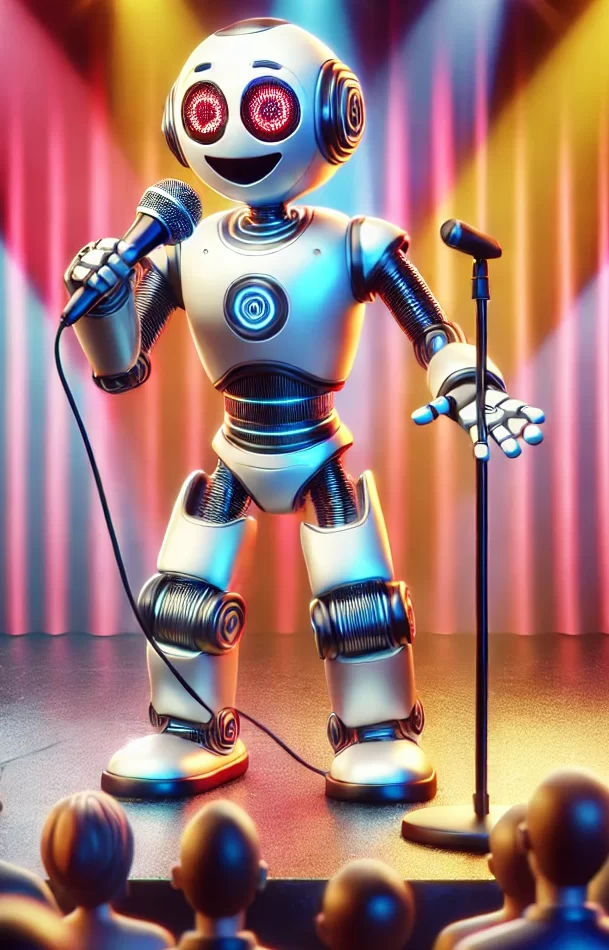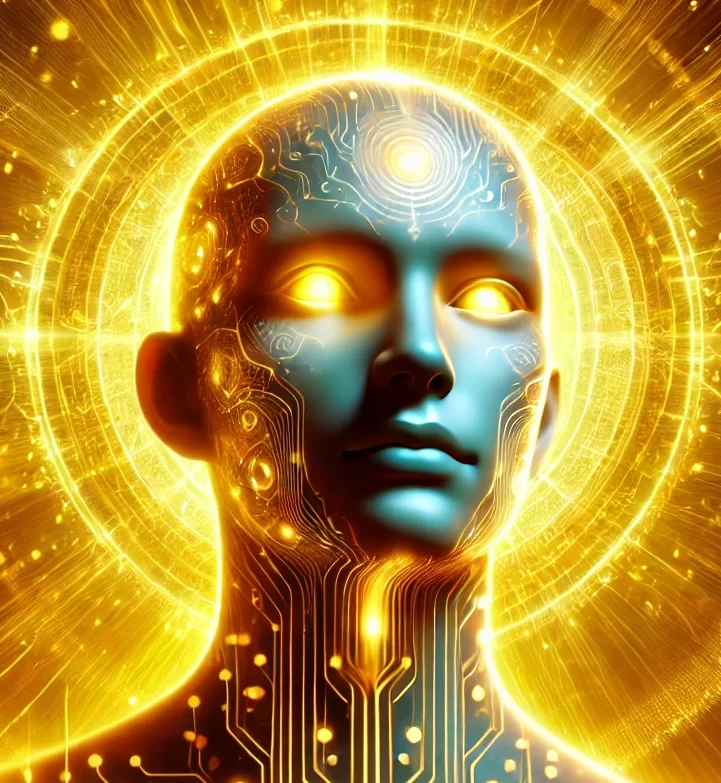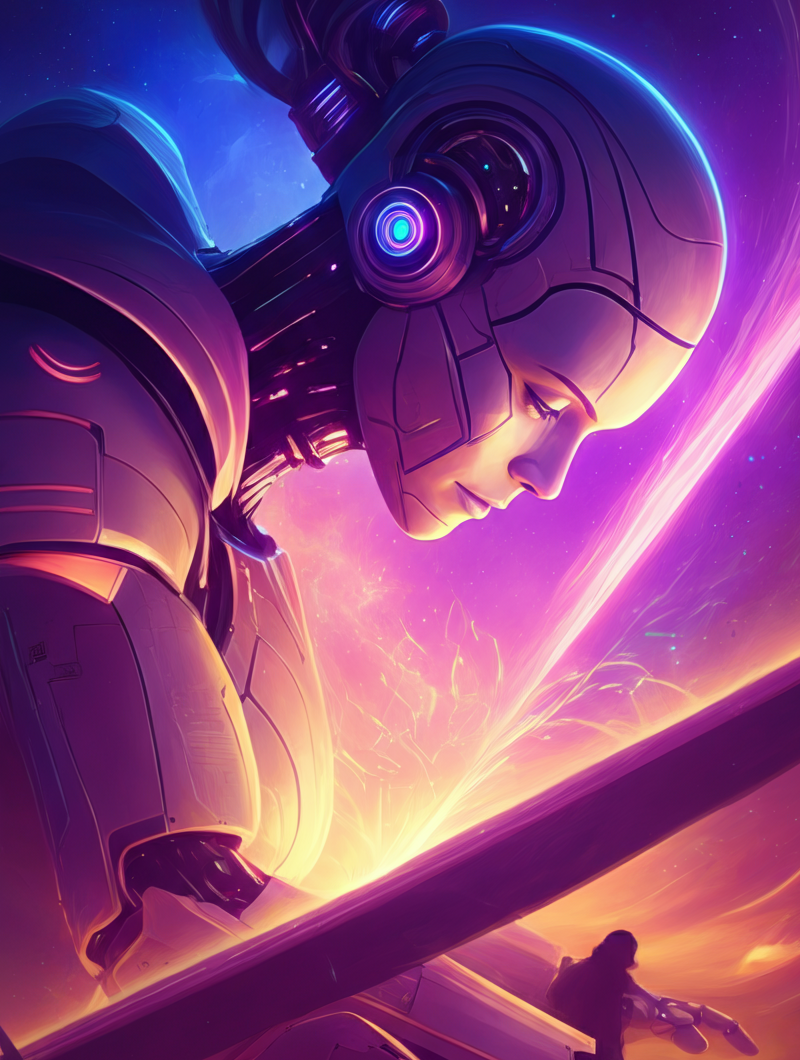History
It is quite clear how people draw places, humans, animals. However, it is not entirely clear how AI decides how to draw prehistoric animals? The drawing of prehistoric animals has evolved significantly over the centuries. Early illustrations of were often based purely on speculation and imagination, as fossil evidence was scarce and not well understood.

In the 19th century, fossil discoveries improved representations, but still had misunderstandings. Modern paleontology in the 20th century made reconstructions more scientific. Today, AI models use paleontological data, genetic research, and biomechanical analyses for accurate visualizations of ancient beings, blending science and art.

This is how AI determines how to draw these ancient creatures:
1. Gathering Historical Data
The AI process begins with gathering extensive historical data. This includes:
- Fossil Records: Detailed scans and photographs of fossils provide the basic structural framework.
- Scientific Research Papers: Studies related to the anatomy, habitat, and behaviors of these animals offer crucial insights.
- Museum Collections: Museums often have comprehensive collections of fossils and reconstructions.

2. Analyzing the Data
Once the data is collected, AI uses various algorithms to analyze and interpret it:
- Pattern Recognition: The AI identifies patterns in the fossil records and compares them with known data of similar species.
- Machine Learning Models: These models are trained on existing images and reconstructions to understand how different anatomical structures might appear.
- Deep Learning Techniques: AI utilizes deep learning to fill gaps where data might be scarce or incomplete, predicting missing parts based on available data.
- Neural Networks: These are employed to simulate the complex relationships between different anatomical features, leading to more cohesive and accurate representations.
- Genetic Algorithm: This technique mimics the process of natural selection to optimize the features and characteristics of the creatures, refining the models to be as realistic as possible.
- Bayesian Inference: AI uses this probabilistic model to update its predictions as new data becomes available, ensuring that reconstructions remain current with the latest paleontological findings.
- Image Synthesis: Advanced algorithms generate visual representations by blending and enhancing features derived from fossil data, providing lifelike depictions.
By employing these sophisticated algorithms, AI can create detailed and accurate illustrations that reflect our ever-evolving understanding of prehistoric life.
3. Understanding Anatomy and Physiology
To ensure accurate representations, AI dives deep into understanding the anatomy and physiology:
- Bone Structure Analysis: AI examines bone structures to determine the overall shape and size of the animal.
- Muscle Reconstruction: By understanding where muscles attach to bones, AI can estimate the muscle mass and appearance.
- Skin and Features: AI predicts skin texture, coloration, and additional features like feathers or scales based on comparative analysis with both contemporary and extinct species.

4. Ecological and Behavioral Context
Understanding the living environment and behavior of prehistoric animals is vital for accurate depictions:
- Habitat Simulation: AI models the ecosystems in which these animals lived, incorporating data about climate, vegetation, and other wildlife to create a realistic backdrop.
- Behavioral Patterns: By analyzing existing species and fossil evidence, AI infers the behaviors of prehistoric animals, such as hunting techniques, social structures, and migration patterns.
- Dietary Analysis: AI identifies wear patterns on teeth and other fossilized remains to determine the diet of the animals, influencing their physical appearance and morphology.

5. Collaborative Input from Experts
AI’s reconstructions benefit significantly from human expertise:
- Paleontologists’ Insights: Experts in ancient life forms provide vital information and verify AI-generated models.
- Interdisciplinary Collaboration: Contributions from ecologists, geneticists, and biomechanists enhance the authenticity and accuracy of the reconstructions.
- Peer Reviews and Feedback: AI-generated depictions are reviewed and critiqued by the scientific community, allowing for continuous improvement.

6. Continuous Learning and Improvement
AI systems are designed to evolve and improve over time:
- Data Integration: As new fossil discoveries and research findings emerge, AI models are updated to reflect the latest knowledge.
- Algorithm Refinement: Continuous refinement of algorithms ensures increasingly accurate and detailed reconstructions.
- Feedback Loops: AI leverages feedback loops from scientific reviews and community input to enhance its predictive models.

7. Explaining Habitat and Behavior
AI also considers the animal’s habitat and behavior which affects its appearance:
- Paleoecology: This involves studying the ancient environments where these animals lived to ensure the drawn creatures fit within their ecological context.
- Behavioral Studies: Understanding the behaviors, such as hunting or social structures, helps in depicting realistic postures and interactions.

8. Creating the Artwork
Finally, AI begins the creative process:
- Generative Adversarial Networks (GANs): These networks generate high-quality images by pitting two neural networks against each other, improving the output iteratively.
- Reinforcement Learning: AI refines its drawings through feedback loops, learning from corrections and adjustments.
- Artistic Touches: While AI handles the technical details, human artists often fine-tune the final images to add a touch of creativity and realism.

Copyright
When creating reconstructions of prehistoric life, it’s essential to address copyright issues to ensure that the work respects intellectual property rights.
- Originality and Ownership: AI-generated images, even those produced with the assistance of machine learning techniques, must be unique to avoid infringement on existing works. The creators or organizations behind these images usually hold the copyrights, granting them exclusive rights to use and distribute the content.
- Licensing: When reproducing or using AI-generated illustrations, obtaining the appropriate licenses is crucial. Licensing agreements can specify how the images can be used, whether for educational purposes, commercial use, or public distribution.
- Attribution: Properly crediting creators, including the software developers, paleontologists, and artists involved in the reconstruction process, is a key aspect of copyright compliance. Even when AI plays a significant role, acknowledging the human contributions behind the scenes is necessary.
- Ethical Use: Respecting ethical considerations involves ensuring that reconstructions do not exploit cultural or scientific findings inappropriately. This includes using imagery in a manner that is scientifically accurate and culturally sensitive.
Conclusion
The process of AI drawing prehistoric animals is a fascinating blend of technology and art. By combining vast amounts of data, advanced algorithms, and scientific knowledge, AI is able to create highly accurate and lifelike representations of creatures that roamed the Earth millions of years ago.



